Will the Polish Ministry of Defence Modernize the BWP-1 IFV? Borsuk IFV - Still a Priority [COMMENTARY]
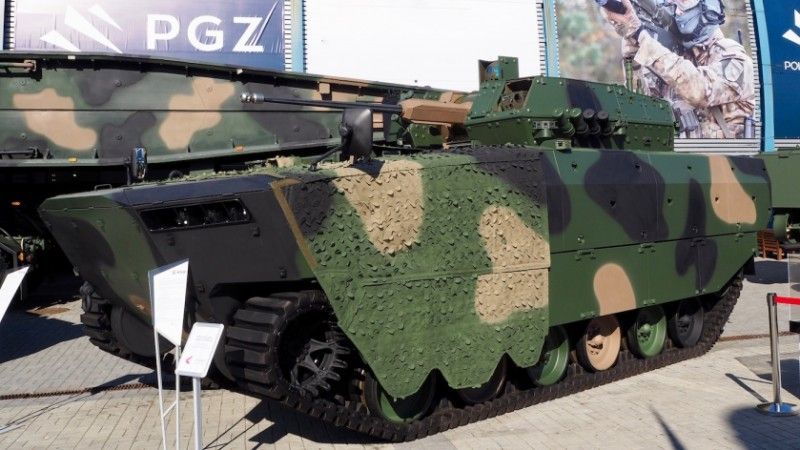
The Polish Ministry of Defence announced that it is “a priority of the Polish Armed Forces to replace the BWP-1 platform with a new, amphibious Infantry Fighting Vehicle, also known as Borsuk“. However, “modernization of some of the BWP-1 platforms is also being considered”. The upgrade would concern, primarily, the armament and the communications suite, being the key and the most obsolete of the systems used in the case of the BWP-1 platform.
“It is a priority for the Polish Armed Forces to replace the BWP-1 platform with a new, amphibious Infantry Fighting Vehicle, also known as Borsuk. Not only does this project have a relevant significance for the capabilities of the Land Forces, but also the Polish Armed Forces as a whole. The Modernization of some of the BWP-1 vehicles is also being considered, within the scope of the armament, communications, and power supply system.
This enigmatic response issued with regards to the inquiry about the fate of the BWP-1 vehicles is somewhat uplifting. Ever since the BWP-1 vehicles have been introduced, they have not been upgraded. A partial upgrade of those vehicles has just been considered (not planned). The Polish military has more than 1,000 of those platforms in the inventory of its frontline units. It needs to be said that around 50% of them could qualify for upgrades, due to their technical condition. The potential modernization shall be conditioned by a relevant cost-effect analysis.
Still, the introduction of a modern replacement of these vehicles should be viewed as a major priority. In Poland, the BWP-1 is expected to be succeeded by the Borsuk IFV. However, the manufacturing of that vehicle has not begun yet. Also, it needs to be said that the replacement of the old platform would take time as well. Taking the manufacturing capacity of the domestic industry into account, along with the assumption that other types of vehicles would still be manufactured (Krab self-propelled howitzers, Rak self-propelled mortars), the BWP-1 replacement process would take a decade, at least.
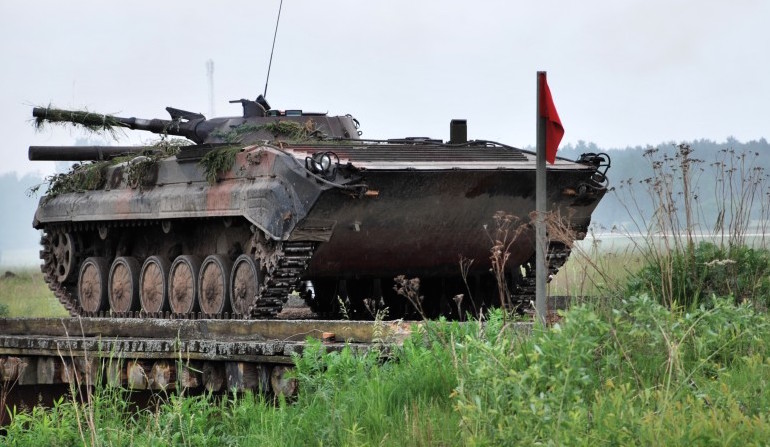
Meanwhile, the Polish BWP-1 platform is obsolete, with its status being relevant for the late 1960s. This is a burning issue in the domain of armament and the communications suite the vehicles use. Thus, the modernization is justified, at least within a scope that would make them a real means of support for the infantry and MBTs on the modern battlefield. It is a pity that the upgrades are still subject to consideration, not an action, especially given the fact that many of the neighboring nations have decided to go down that road already.
BMP-1 Upgrades Around Poland
In late June 2020 information was released that the Russian military has received its first BMP-1AM Basurmanin vehicles fitted with the BPPU-1 unmanned turret, also used on the wheeled BTR-82A APCs operated by the Russian Army now. The unmanned system in question has been fitted with the TKN-4GA-01 daytime/night targeting system (with a thermal imager and target auto tracker) and with a stabilized 30 mm 2A72 cannon and coupled 7.62 mm PKTM machine gun. The Russians have also installed a new radio.
In Ukraine, several BMP-1 upgrade variants have been showcased, ranging from a simple turret replacement (with an unmanned counterpart fitted with a 30 mm cannon and ATGMs), to more comprehensive projects, such as the BMP-1MS. Not only was the latter fitted with the Shkval unmanned turret armed with 30 mm ZMT-1 cannon, as two Barier ATGMs, 7.62 mm KT-7,62 machine gun, and 30 mm KBA-117 automatic grenade launcher were also fitted on the vehicle. The troop compartment has been made taller and it features new, hanging, explosion-resistant seats. The vehicle also has new means of communications, while the UD-20 engine has been replaced with the German Deutz TCD2013 L64V engine, exhibiting much better performance.
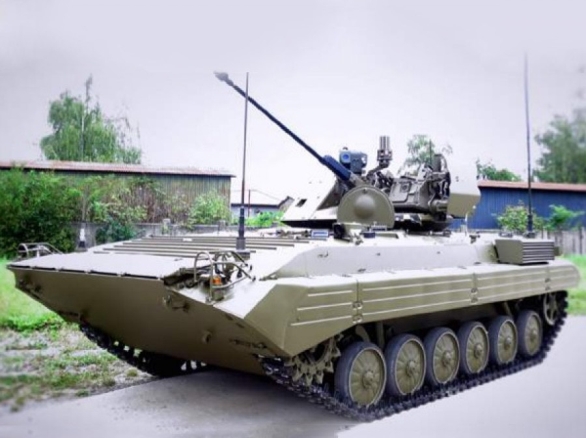
Slovakia has begun modernization of its BPzV Svatava reconnaissance vehicles back in 2017. In Poland, the platform is known under the BWR-1S designation. Turra-30 unmanned turret of domestic design is the primary element of the Slovak upgrade. TURRA 30 turret is armed with the 2A42 30 mm cannon of Russian design, manufactured by Slovakians, along with 7.62 mm PKT machine gun and two Konkurs/Fagot ATGWs. Most probably these would be replaced by the Spike-LR in the future. Weighing 1.540 kilograms the turret’s armour is compliant with STANAG 4569 level 1. The armament is fully stabilized. The targeting system features a CCD TV camera, also capable of recording the IR spectrum, and a laser-rangefinder - both elements are mechanically coupled with the cannon. The vehicle also features new sensors and a new communications suite. Ultimately the upgrade programme could also extend to the Slovak BVP-1 and some of the BVP-2 platforms, alongside the BPzV Svatava.
Polish Abilities and Requirements
We have been mentioning the necessity to modernize the BWP-1 platform since 2017. And we did not have the early-century concept in mind, as we would rather see a gap-filler solution instead, that would be used until the Borsuk IFV fully replaces the legacy vehicles. After that period, the BWP-1 could remain in service in a special-purpose vehicle role. The Borsuk derivatives will only be created after the mechanized units are saturated with the base variant.
Modernization of some of the BWP-1 vehicles is also being considered, within the scope pertaining to armament, communications, and the power supply system, the Polish Ministry of Defence claimed responding to our inquiry. This shows that the decisionmakers also recognize the need in question. The suggested scope of changes is also cohesive and based on the existing upgrade programme pursued in the case of the BWR-1S and BWR-1D vehicles. The first batch of upgraded vehicles was handed off for service in December 2019. The upgrades have been implemented by a consortium involving the WZM S.A. facility from Poznan [leader] and the WZŁ Nr 2 S.A. facility.
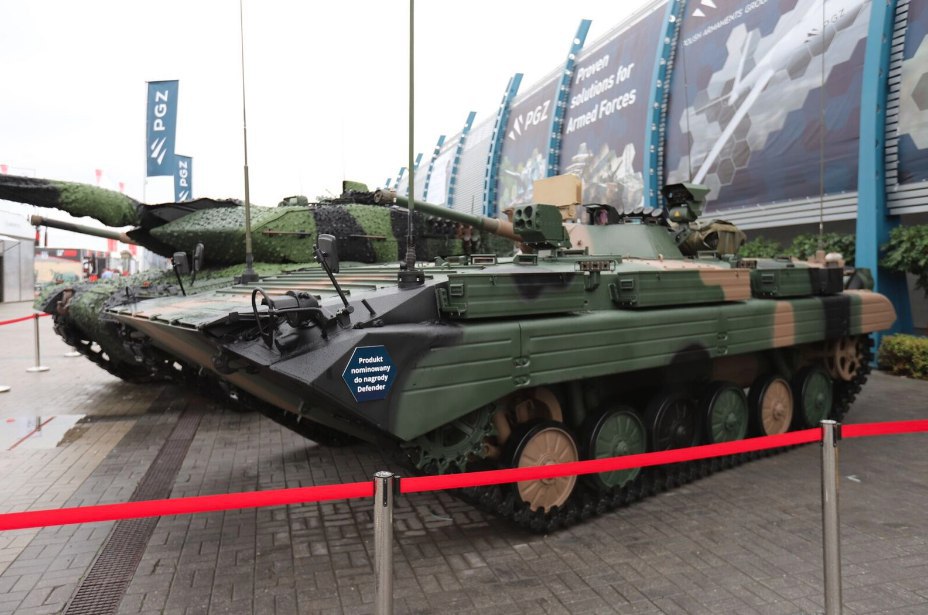
The enhancements include installation of a Harris/Radmor external communication suite, ICT system with a digital intercom delivered by the WB Group, JIM LR multifunctional 360-degrees observation system, integrated ZIG-T-2R optronic suite, passive night vision system, SR HAWK(V)2E radar offering a capability to pinpoint the location of shell explosions and new navigation systems: TALIN 5000 INS and DAGR-enabled GPS. The vehicles also feature new UTD-20 engines and a modified electric system with 2 kW APU.
Apart from the reconnaissance system typical for the BWR platform, the upgrades are solid and can serve as a proven springboard for the BWP-1 modernization. The changes in the communications system are of key importance since the BWP-1 platform is still fitted with Russian radios that are 50 years old. Changes in the electric system and the APU will also make it possible to power the turret that cannot be rotated by hand.
In the case of the reconnaissance vehicles, no change of armament has been made - and this is a crucial element of the IFV upgrades. Current armament - the 2A28 73 mm Grom cannon, 9M14 Malyutka ATGM, and 7.62 mm machine gun is obsolete. For the sake of maintaining the BWP-1’s combat capabilities, the armament should be replaced with a 30 mm automatic cannon.
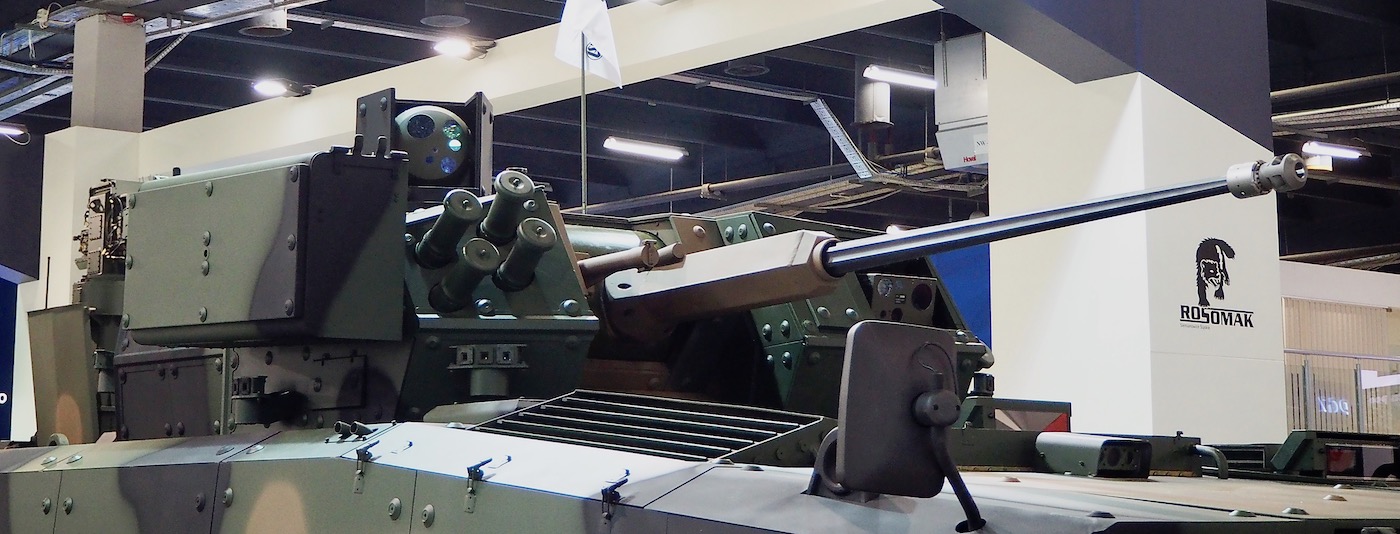
Using the ZSSW-30 turret would be a logical step here (planned to be used in the case of the Borsuk IFV). The crew transition between the platform would be made easier by this. However, the analysis has shown that this would require a major redesign. Furthermore, due to its weight and the changed center of gravity, with the new turret, the BWP-1 would lose its amphibious capability. Alternatively, a lighter unmanned turret could be used, such as the Slovak Turra-30 design. It is tailored to fit onto the very same turret ring as the original BWP-1 turret, with a lighter weight - due to the lighter armour and other solutions. A similar solution is a KBA-105 module used in the case of the Ukrainian BMP-1MD vehicle and the Bulgarian BMP-2+ platform. All of the aforesaid vehicles still have the amphibious capacity at hand, while the integration of the new armament did not require any changes to be made to the hull.
Regardless of the selected variant, one should hope that BWP-1 upgrades would be implemented, instead of just being considered, in the key areas defined by the Polish Ministry of Defence. The capability gap experienced by the mechanized units needs to be filled until the BWP-1 is fully replaced by the Borsuk IFV. Noteworthy, the modernized BWP-1 vehicles could also carry out different missions, be kept as a reserve asset, or become an interesting export product. BMP-1 and BMP-2 are still broadly employed around the world - the upgrades will still be desirable, for many years to come.
